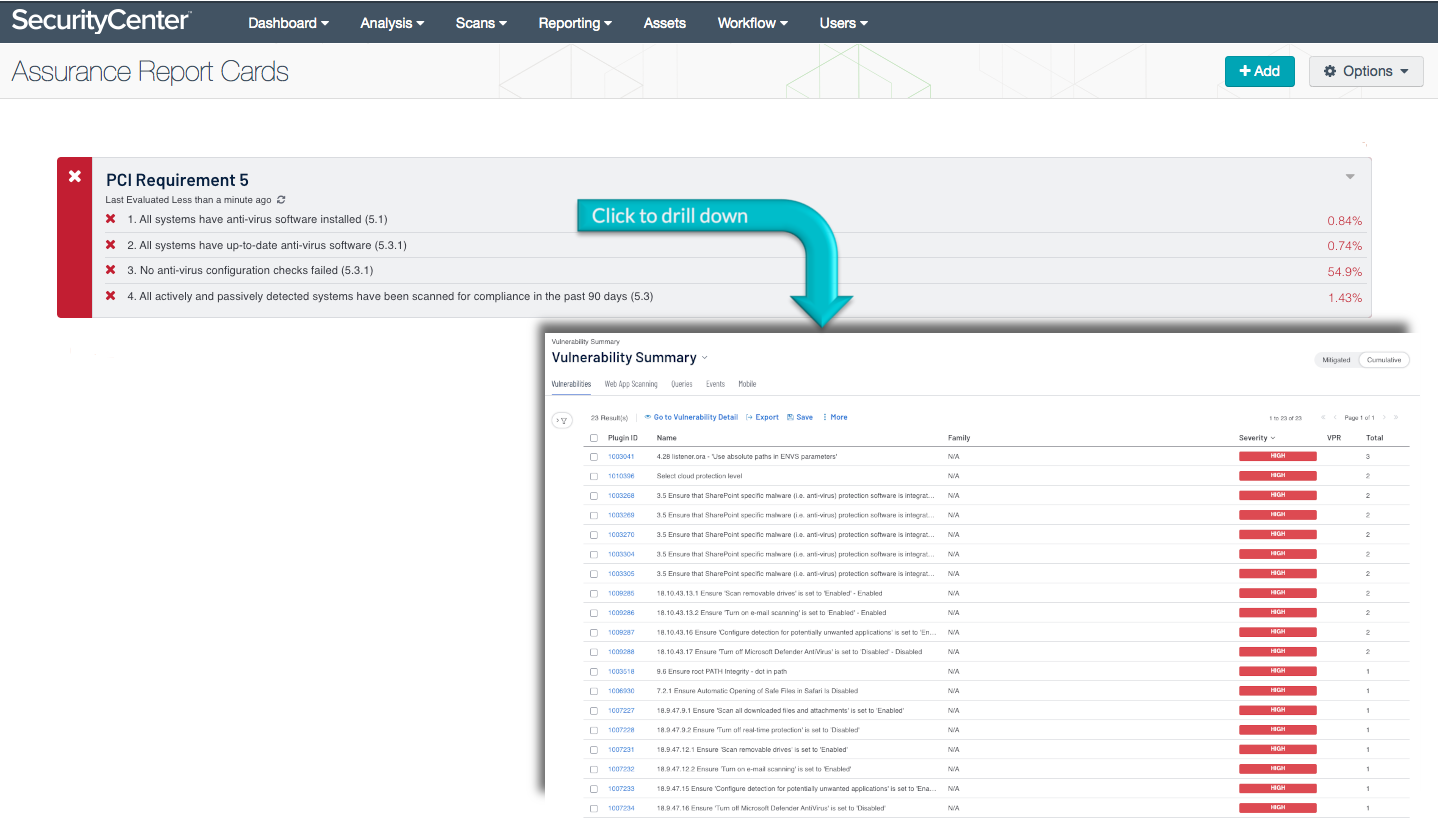by Andrew Freeborn
July 14, 2016

The Payment Card Industry Security Standards Council (PCI SSC) maintains, evolves, and promotes Payment Card Industry standards for the safety of cardholder data across the globe. The PCI SSC provides technical and operational requirements for organizations accepting or processing payment transactions. The guidance also applies to software developers and manufacturers of applications and devices used in those transactions.
The Payment Card Industry Data Security Standard (PCI DSS) helps entities understand and implement standards for security policies, technologies and ongoing processes that protect their payment systems from breaches and theft of cardholder data. The standards have historically been revised on a 2-3 year cycle, but the PCI SSC is transitioning to a posture of revising the PCI DSS as required based on changes to the current threat landscape. The current standard revision is PCI DSS Version 4.x. Any organization that handles payment card information must comply with the PCI DSS and must demonstrate compliance annually. Tenable Security Center is able to help organizations monitor ongoing PCI DSS compliance.
The PCI Requirement 5 ARC analyzes policy statements related to the fifth PCI DSS requirement. This requirement mandates organizations to defend the organization with anti-virus products. Malware continues to threaten all organizations and while anti-virus products cannot stop all threats, they can still help to protect the organization. Administrators need to ensure that definitions and engine updates for anti-virus products are updated regularly as well as configured to vendor and industry best practices. Anti-virus products can still be exploited and be a vector attackers use to compromise an organization.
Organizations can configure repositories or asset lists in order to tailor the focus of the ARC. When the ARC is added from the Tenable Security Center Feed, the appropriate assets, IP addresses, or repositories can be specified. Assigning one of the options to the ARC will update all filters in the policy statements. By creating static or combination asset lists that include all systems in the Cardholder Data Environment (CDE), each policy statement can be filtered to display results directly related to ongoing PCI security. Using an asset list filter will also allow traffic into and out of the CDE to be monitored. In order to accurately measure an organization’s PCI security posture, asset lists need to be applied as filters to provide results focused on the CDE.
This ARC is available in the Tenable Security Center Feed, a comprehensive collection of dashboards, reports, Assurance Report Cards, and assets. The ARC can be easily located in the Tenable Security Center Feed under the category Compliance. The ARC requirements are:
- Tenable Security Center
- Nessus
Tenable's Tenable Security Center provides continuous network monitoring, anti-virus vulnerability identification, and PCI security monitoring. Tenable Security Center is continuously updated with information about advanced threats and zero-day vulnerabilities, and new types of PCI regulatory compliance configuration audit files. Tenable constantly analyzes information from our unique sensors, delivering continuous visibility and critical context, enabling decisive action that transforms your security program from reactive to proactive. Analysts can use this information to analyze anti-virus events to ensure those products are relatively up to date. Active scanning examines the devices on the systems, running processes and services, configuration settings, and vulnerabilities. With this information, analysts have greater insight to determine if virus activity is operating within the organization. Continually scanning the network, servers, desktops and applications helps prioritize security efforts to mitigate threats and weaknesses. With active and passive scanning, analysts can detect virus activity and remediate the infection. Tenable enables powerful, yet non-disruptive, continuous monitoring of the organization to ensure virus events are available to analysts.
This ARC includes the following policy statements:
All systems have anti-virus software installed (5.1): This policy statement displays the ratio of systems with anti-virus software installed to total systems. If the policy statement requirement is met, the result is displayed in green; otherwise, the result is displayed in red. All systems should have active and up-to-date anti-virus software installed to protect against malware infections. Systems without anti-virus protection or with outdated software should be reconfigured to ensure that current anti-virus software is installed, running, and able to receive updates. Organization can use this information to identify and resolve anti-virus software issues on systems.
All systems have up-to-date anti-virus software (5.3.1): This policy statement displays the ratio of systems with active and up-to-date antivirus protection to total systems. If the policy statement requirement is met, the result is displayed in green; otherwise, the result is displayed in red. All systems should have active and up-to-date antivirus software installed to protect against malware infections. Organization can use this information to identify and resolve anti-virus software issues on systems.
No anti-malware compliance checks failed (5.3.1): This policy statement displays the number of failed to total anti-malware compliance checks. If the policy statement requirement is met, the result is displayed in green; otherwise, the result is displayed in red. Anti-malware settings may include requirements to use and regularly update anti-virus software, among other things.
All actively and passively detected systems have been scanned for compliance in the past 90 days (5.3): This policy statement displays the number of systems that have been compliance scanned vs those not compliance scanned in the last 90 days. If the policy statement requirement is met, the result is displayed in green; otherwise, the result is displayed in red.